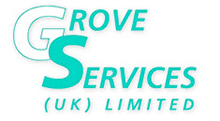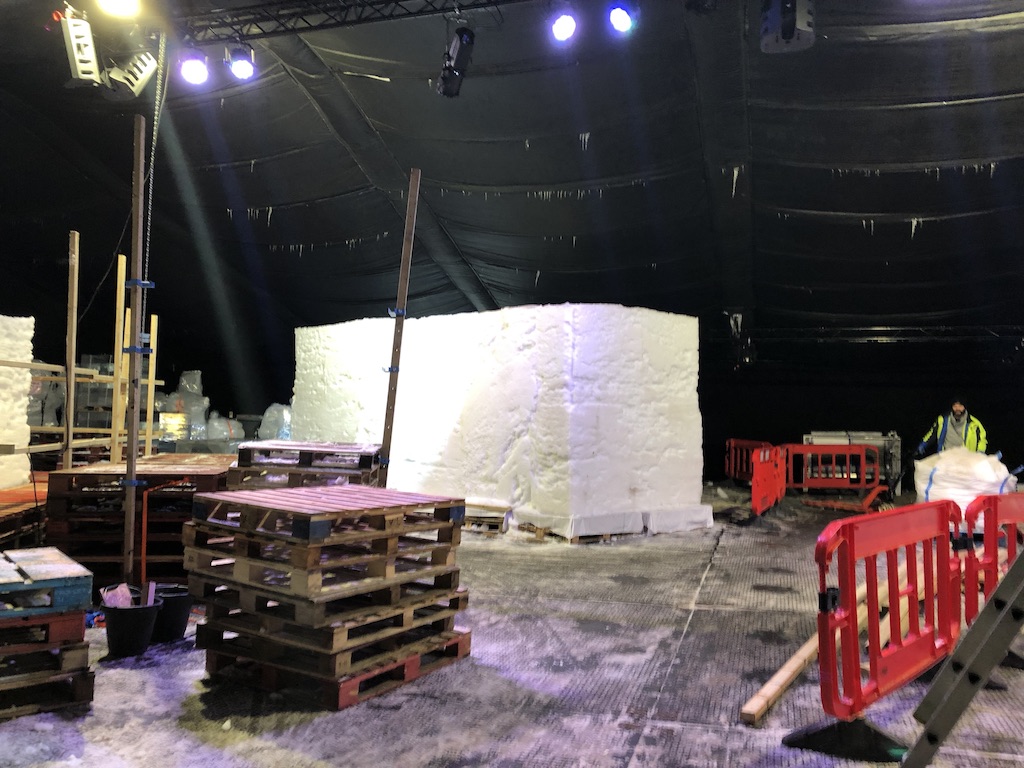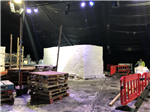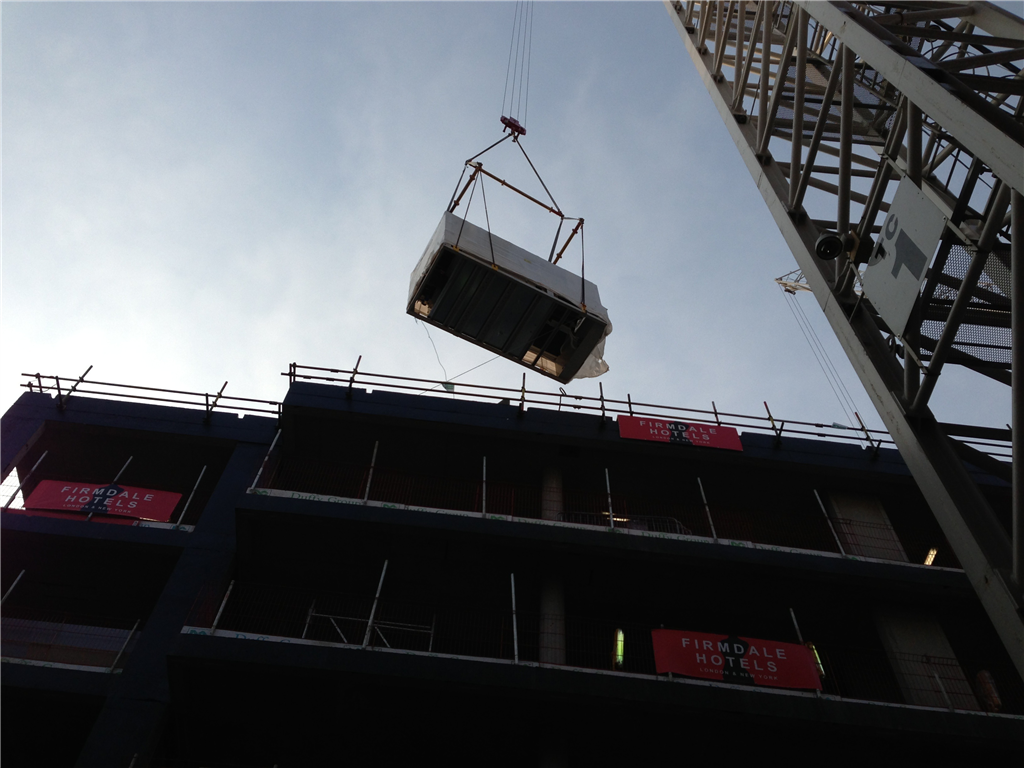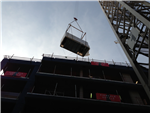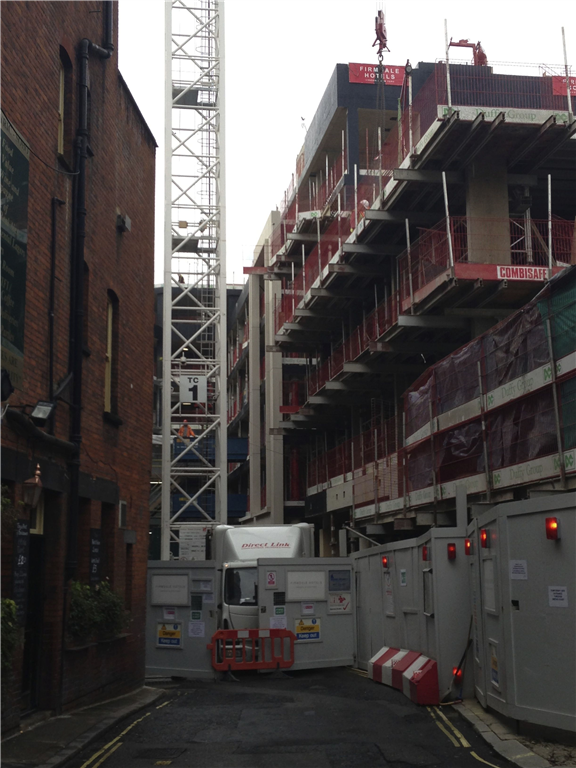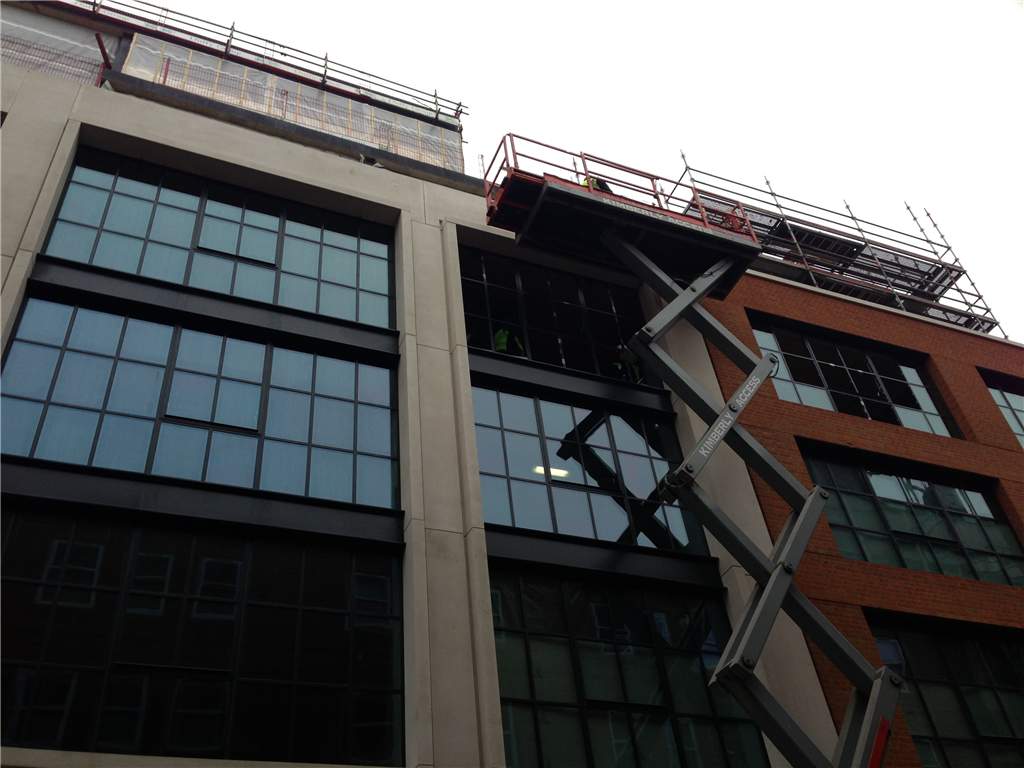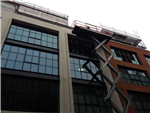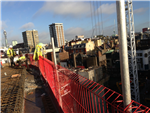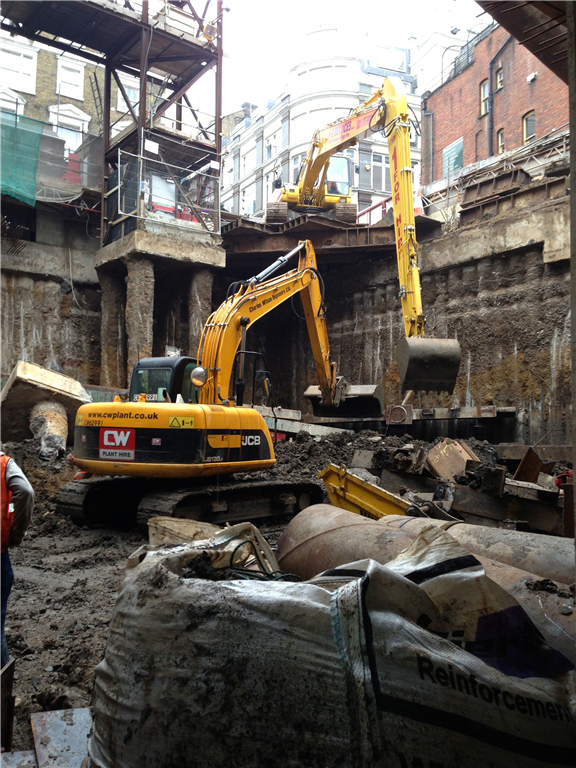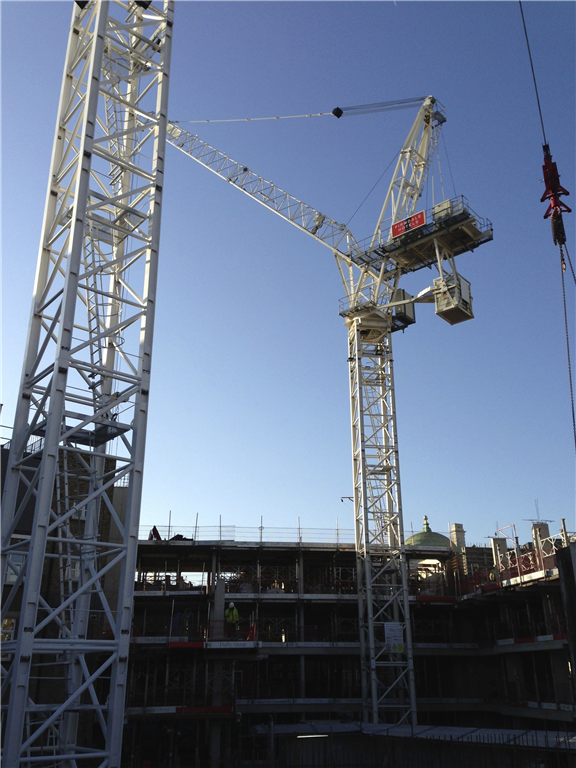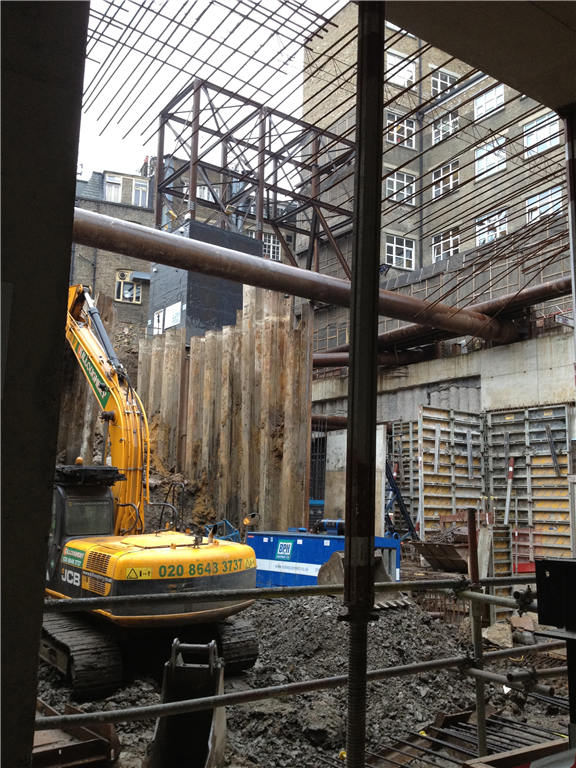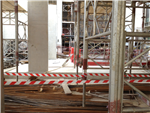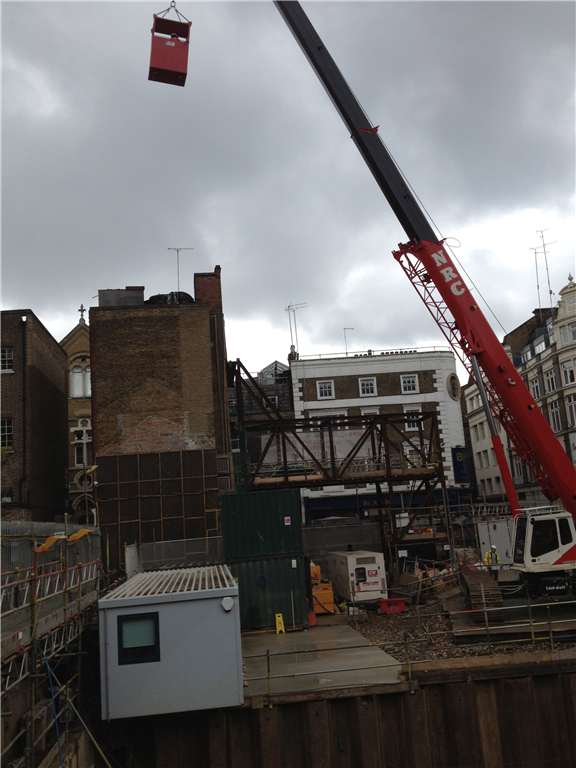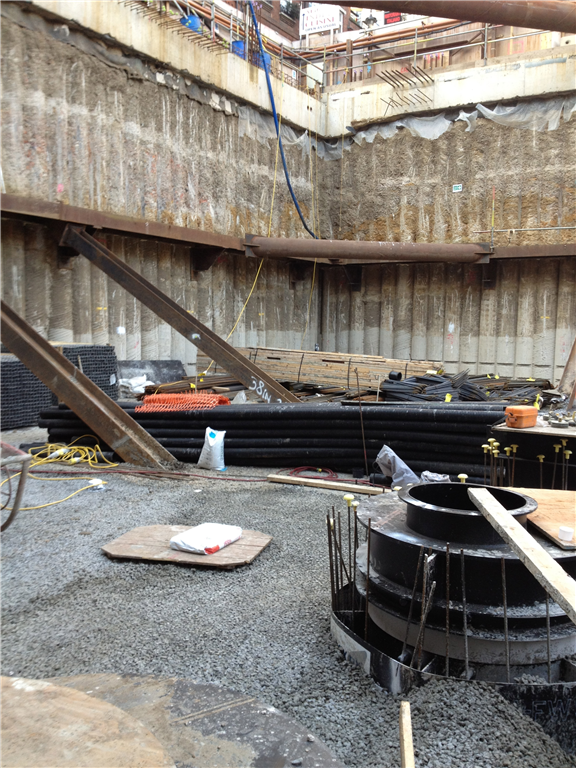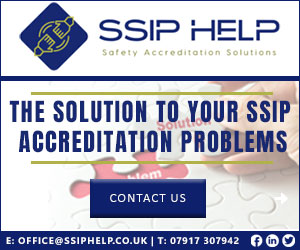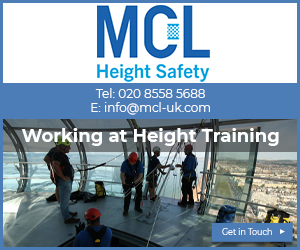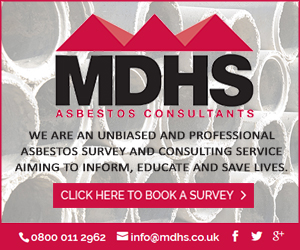Time and date
CONSTRUCTION DIRECTORY
Grove Services (UK) Limited Contact Details
Telephone
Click to view
Contact
Jeff Manion
Email
Address
Lombard Business Park
8 Lombard Road
8 Lombard Road
London
SW19 3TZ
About Grove Services (UK) Limited
Breathing in dust can creates problems. The health effects of breathing in dust can take many years to develop. It is not the dust you can see; it is the dust you cannot see.
Inhalable dust is visible to the naked eye. This dust may consist of larger or heavier particles that tend to get trapped in the nose, mouth, throat, or upper respiratory tract where they can cause damage. Respirable dust is fine enough to be invisible to the naked eye and can be breathed deeply into the lungs and cause harm.
It can become trapped in the mucus that lines the respiratory tract. This mucus tends to be either spat out or swallowed. Inhaled dusts can get into the digestive tract, where they can cause local effects such as gastrointestinal tract irritation. Alternatively, they can enter the bloodstream and produce effects in other organs and tissues.
The 'Control of Substances Hazardous to Health Regulations' – COSHH regulations. States the
'Principles of good practice for the control of exposure to substances hazardous to health' –
• Design and operate processes and activities to minimise emission, release and spread of substances hazardous to health.
• Control exposure by measures that are proportionate to the health risk. In general do something.
• Choose the most effective and reliable control options which minimise the escape and spread of substances hazardous to health. A minimal measure could be respirator personal protective equipment of face mask.
• Where adequate control of exposure cannot be achieved by other means, provide, in combination with other control measures, suitable personal protective equipment. Adequate control (dust collector for example) and then use of respirator personal protective equipment of face mask.
• Check and review regularly all elements of control measures for their continuing effectiveness. Are persons using the equipment, are they using the masks, do they require face-fit-testing.
• Inform and train all employees on the hazards and risks from the substances with which they work, and the use of control measures developed to minimise the risks. Tell them why you are providing the equipment, the respiratory protective equipment.
• Ensure that the introduction of control measures does not increase the overall risk to health and safety. Review and check the works – this may lead to further measure such as health surveillance.
Is there a specific amount of dust that be hazardous to health? This depends on the dust in
question - for some dusts there are specific Workplace Exposure Limits (WELs) which provide
a guide for employers to help them control exposure. For example, silica dust, (which is a
found in rocks, sand, clay, bricks, concrete, etc) is particularly hazardous and has a WEL of
0.1mg/m.
For other dusts there may not be a WEL, but the dust may still be a substance hazardous to
health. A dust is considered to be a substance hazardous to health under COSHH if it is
present at a concentration in air equal or greater than 10mg/m3 (for inhalable dust) or
4mg/m3 (for respirable dust) as a substance hazardous to health.
These concentrations are NOT workplace or exposure limits or safe working limits - they are a trigger to help inform whether a dust is subject to the COSHH Regulations.
There is a growing consensus in the occupational health / hygiene community that exposure
to dust at levels below the concentrations outlined above is a risk to the health of employees
and other people affected by work activity. So it is important to ensure that any exposure to
dust is kept as low as possible.
Face-Fit-Testing.
Many masks rely on a good seal against the face so that, when you breathe air in, it is drawn
into the filter material where the air is cleaned. If there are any gaps around the edges of the
mask, 'dirty' air will pass through these gaps and into your lungs. It is therefore very
important that you put your mask on correctly and check for a good fit every time.
Facial hair – stubble and beards – make it impossible to get a good seal of the mask to the
face.
If you are clean-shaven when wearing tight-fitting masks (i.e. those which rely on a good
seal to the face), this will help prevent leakage of contaminated air around the edges of the
mask and into your lungs. You will therefore be breathing in clean air, which will help you
stay healthy.
If there are good reasons for having a beard (i.e. for religious reasons), alternative forms of
RPE, that do not rely on a tight fit to the face, are available.
Source: HSE.gov.uk.
Alternatives: to reduce the possible need to face-fit-testing – powered hoods with filtration.
Most are battery operated and provide clean or filtered air to the user, other providers are
available.
• 3M™ Versaflo™ M-306 Respiratory Helmet
• JSP Powercap Active Powered Respirator TH1P Dust Protection
• AirShield Pro APF20 Powered Respiratory Mask 230V.
Bosch industrial Equipment provide ‘tool extraction’ of varying types and GDE 16 plus
professional – dust guard for virtually dust fee SDS drilling // GDE 162 professional up to
162mm diameters // possible fitted to a GDE 18V-26D professional dust extractor. Other
providers are available
Gallery
|
Click to close
|
Products & Services
IIRSM
CMIOSH
IOSH
Chartered Safety & Health Practitioner
Fire and Fire Precautions in the Workplace
Control of Substances Hazardous to Health Regulations ‘COSHH’
Lifting Operations and Lifting Equipment Regulations
Management of Health and Safety at Work Regulations
Workplace (Health, Safety and Welfare) Regulations
Provision and Use of Work Equipment Regulations
Health and Safety at Work Etc Act 1974 “HASAWA”
Construction (Design and Management) Regulations 2015
RIDDOR
Vibrations
Toolbox Talk
Tool Box Talk
Construction Site Audit
Site Audit
Site Waste Management Plan
Construction Site Safety Inspections
Site Safety Inspection
Safety Signage
Signage
Retained Safety Advice
Retained Safety Advisor
Quality Policy
Working at height Policy
Violence Policy
Stress Policy
Statement of intent
Bribery policy
Slavery Policy
Lone working policy
Lone working
Fire Policy
Equal Opportunities Policy
Environmental Policy
Wellbeing Policy
Driving Policy
Alcohol and Drugs Policy
Induction
competent advice
Hot work permit
Permit
Policy Statement Section 2(3)
Emergency Arrangements
Welding
Constructionline
CHAS Application
Construction Site Procedures
Health and Safety Audit
Young persons
Woodworking
Weils Disease
HAVS
Traffic Management
Temporary Works
Roof Works
RAMS
Painting
Manual Handling
PUWER Advice
LOLER Advice
Mobile Tower Inspection
Scaffold Inspections
Ladder
Noise exposure
Noise
Hand arm vibration
Health screening
Checklists
Hard hats
Hand tools
Personal protective equipment
PPE
Hand Protection
Five Step Assessment
Hazards
Workplace Hazards
Hazards in the workplace
Fall Protection
Excavation
Excavations
Emergency Procedures
Dust Control
Genera Risk Assessments
Confined Spaces
Groundworks Inspections
Ground works Inspections
Safety and health inspections
Safety and health advice
Health and Safety Advice
Fire Door Inspections
Legionnaires Disease
Legionella
Lifting Plans
Policy Statements
Accident Investigations
Quality Statements
Risk Management
Safe use of Plant
Safe Systems of Work
Site Safety Inspection Inspections
Construction Phase Plans
Waste Management
Harness Training
Working at Height
Method Statements
Fire Risk Assessment
Construction Fire Risk Assessment
Temporary Work Co-ordination
OSHCR registered
Site review and audits.
Face Fit Testing
Access to competent advice
Site reviews
COSHH assessments
Risk Assesments
Health and Safety Plan
Principal Contractors
Construction (Design and Management) Regulations
Health and Safety Inspections
Location Map
Grove Services (UK) Limited Serves The Following Areas
Grove Services (UK) Limited General Description
Health and safety risk assessment in South west London | Fire safety training South West London
Grove Services (UK) Limited Branches



